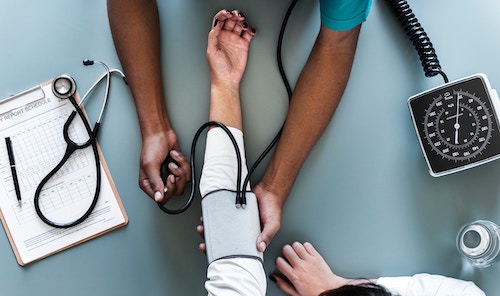4 1.4 Exploring the Benefits of Physical Activity
Engagement in physical activity and exercise may provide numerous health benefits to an individual, with optimal health often paralleling adequate levels of activity (Physical Activity Guidelines Advisory Committee, 2008). A brief overview of the benefits incurred from regular physical activity are as follows:
- Physical benefits: reduced risk for a variety of diseases and conditions (i.e., cardiovascular disease, diabetes, hypertension, some types of cancer, etc.), improvements in mobility and fitness, and overall enhancement of quality of life.
- Cognitive benefits: heightened academic performance, improved brain function, and reduced risk of age-related cognitive impairment and disease.
- Psychological benefits: enhanced mood, reductions in stress, anxiety, and depression, and increased self-esteem and body image.
Furthermore, participation in physical activity regimens which increase an individual’s cardiovascular or muscular fitness may result in lifestyle enhancements, such as:
- ability to complete activities of daily living (i.e., climbing the stairs or catching the bus) without becoming winded
- ability to engage in recreational activities (i.e., playing with a young child or performing a sport) for extended periods of time
- ability to easily move or lift a heavy load (i.e., carry grocery bags or move furniture)
You may explore Chapter 2 at your leisure if you are interested in examining the specific physical, cognitive, and psychological benefits of physical activity in combination with the topics presented in Chapter 1. Utilizing the information presented in each chapter simultaneously may enhance your ability to incorporate the content into daily lifestyle behaviors.

Photo by rawpixel on Unsplash
Works Cited:
Physical Activity Guidelines Advisory Committee. (2008). Physical activity guidelines advisory committee report, 2008. Washington, DC: US Department of Health and Human Services, 2008, A1-H14.

